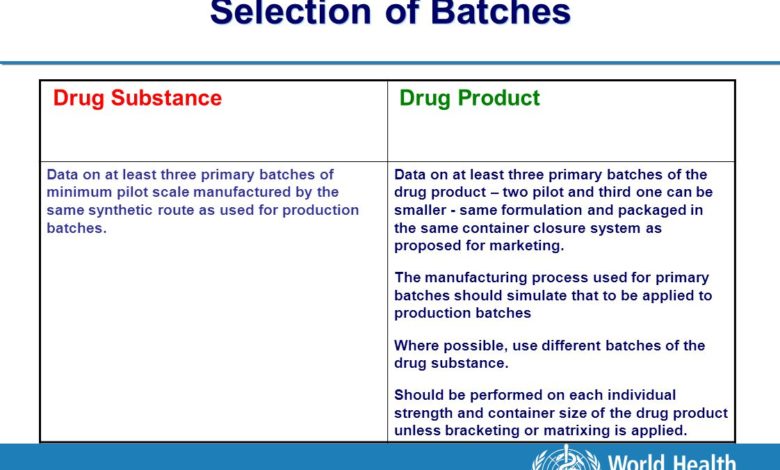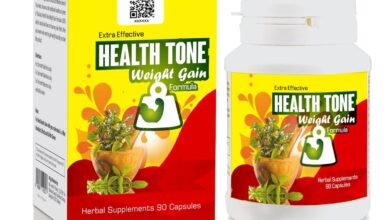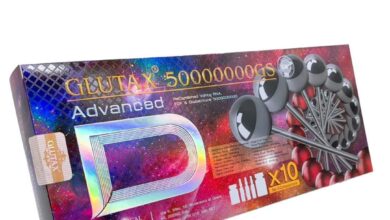The Difference Between Drug Substance and Drug Product



A drug substance is an active ingredient in a pharmaceutical drug that produces a therapeutic effect. A drug product, on the other hand, is the final dosage form of a drug that is administered to patients and includes the drug substance as well as other inactive ingredients. Inactive ingredients, also known as excipients, are added to formulations to stabilize the drug substance, improve its absorption or solubility, or facilitate administration. The term “drug product” is used to describe both prescription and over-the-counter (OTC) drugs. However, the term “prescription drug product” is more commonly used when referring to drugs that can only be obtained with a doctor’s prescription, while the term “OTC drug product” is typically used for drugs that can be bought without a prescription.
When referring to a drug, the term “drug substance” denotes the active ingredient that provides a therapeutic effect. In contrast, the term “drug product” refers to a formulation that contains the drug substance along with other inactive ingredients. The drug substance is typically produced by chemical synthesis or extraction from natural sources, while drug products are manufactured through a process of formulation, and fillers and binders may be added to a drug substance in order to develop a drug product. The exact composition of a drug product will depend on several factors, including the intended use, route of administration, and desired shelf life. Ultimately, the goal of developing a drug product is to create a formulation that is both safe and effective.
When a new drug is developed, it goes through a rigorous testing process to ensure safety and efficacy. The first step is to create the drug substance, which is the active ingredient that will produce the desired therapeutic effect. Once the drug substance has been created, it must be formulated into a drug product. This process involves adding excipients, which are inactive ingredients that help with stability, ease of administration, and other factors. It is essential that both the drug substance and the drug product meet stringent quality standards, as they will ultimately be used to treat patients. Therefore, it is important for healthcare professionals to understand the difference between a drug substance and a drug product. With this knowledge, they can be sure that they are prescribing and administering safe and effective medication.
The U.S. Food and Drug Administration (FDA) defines a drug substance as any matter that is intended to be used in the diagnosis, cure, mitigation, treatment, or prevention of disease or intended to affect the structure or any function of the body. A drug product is anything that contains a drug substance and is intended for use in humans. A few examples of drug substances are active pharmaceutical ingredients (APIs), finished dosage forms (FDFs), and medical gases. APIs are the chemical compounds in a medication that is responsible for its therapeutic effect. FDFs are dosage forms that contain one or more APIs and are ready for use, such as tablets, capsules, injectables, ointments, and transdermal patches. Medical gases are used for a variety of medical purposes, such as anesthesia, inhalation therapy, and diagnostic procedures.
To sum up, a drug substance is an active ingredient in a medication that produces the desired therapeutic effect, while a drug product is a formulation that contains the drug substance along with other inactive ingredients. Excipients are added to formulations to improve stability, absorption, or solubility, or facilitate administration. Drug products are manufactured through a process of formulation and must meet stringent quality standards before they can be used to treat patients. Healthcare professionals should be aware of the difference between drug substances and drug products in order to ensure that they are prescribing and administering safe and effective medication.



